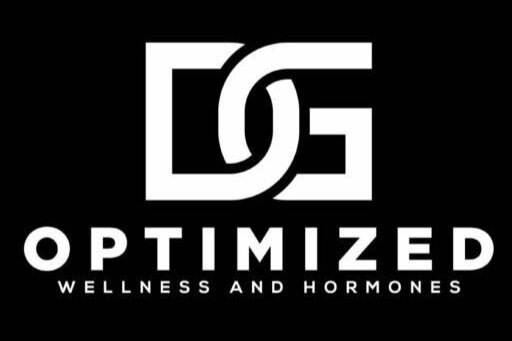Surprise, it's not just the alcohol! Fatty Liver revisited...
Abstract
When people think of a fatty liver, they likely recall their doctors telling them to lay off the suace. Metabolic syndrome (MetS) is a complex health condition that significantly impacts liver health, particularly in the form of hepatic steatosis (fatty liver) and fibrosis. Understanding the role of insulin resistance (IR) indicators in predicting these liver conditions is crucial. This blog post delves into a comprehensive study exploring the association of four IR indicators with hepatic steatosis and fibrosis among MetS patients, and compares the diagnostic value of these indicators.
Background
In the quest to unravel the complexities of metabolic syndrome (MetS), a condition characterized by a cluster of cardiovascular risk factors, our focus shifts to the liver, an organ pivotal in metabolic regulation. Hepatic steatosis and fibrosis, detrimental liver conditions, are often lurking in the shadows of MetS. The study at hand zooms in on four insulin resistance (IR) indicators - homeostasis model assessment of IR (HOMA-IR), triglyceride/glucose (TyG) index, triglyceride glucose-waist-to-height ratio (TyG-WHtR), and metabolic score for IR (METS-IR) - to gauge their link with these liver ailments and evaluate their diagnostic prowess.
Methods
The study taps into the wealth of data from the National Health and Nutrition Examination Survey (NHANES) 2017–2018. Our analytical lens focuses on the aforementioned IR indicators as we assess their association with hepatic steatosis and fibrosis. Employing weighted univariate and multivariate logistic regression models, we dissect the intricate relationships between these indicators and liver health. The efficacy of these IR markers in detecting hepatic conditions is scrutinized using the receiver operating characteristics curve (ROC), a statistical tool that measures diagnostic accuracy.
Results
Our investigation encompassed 876 participants with MetS. Within this group, 587 individuals showed signs of hepatic steatosis, while 151 exhibited hepatic fibrosis. The multivariate logistic regression model unveiled a significant association of HOMA-IR, TyG, TyG-WHtR, and METS-IR with an increased likelihood of hepatic steatosis. In the context of hepatic fibrosis, HOMA-IR, TyG-WHtR, and METS-IR emerged as significant indicators. The ROC analysis further highlighted the superior diagnostic ability of TyG-WHtR over other indicators in identifying hepatic steatosis and fibrosis in MetS patients.
Kuo, Tc., Lu, Yb., Yang, Cl. et al. Association of insulin resistance indicators with hepatic steatosis and fibrosis in patients with metabolic syndrome. BMC Gastroenterol 24, 26 (2024). https://doi.org/10.1186/s12876-023-03095-6
Conclusion
This study sheds light on the potential of HOMA-IR, TyG-WHtR, and METS-IR as markers for assessing the risk of hepatic steatosis and fibrosis in U.S. adults with MetS. Particularly, TyG-WHtR stands out as a robust predictor for both hepatic steatosis and fibrosis. These findings could pave the way for more targeted and effective strategies in managing liver health in MetS patients, underscoring the importance of early detection and intervention. Knowing where you stand with regard to your metabolic health and understanding that these indices can be fixed is the cornerstone of what we do at D&G Optimized Wellness and Hormones. Jason & Rita...aka Dr. De Leon and Dr. Gillespie.
